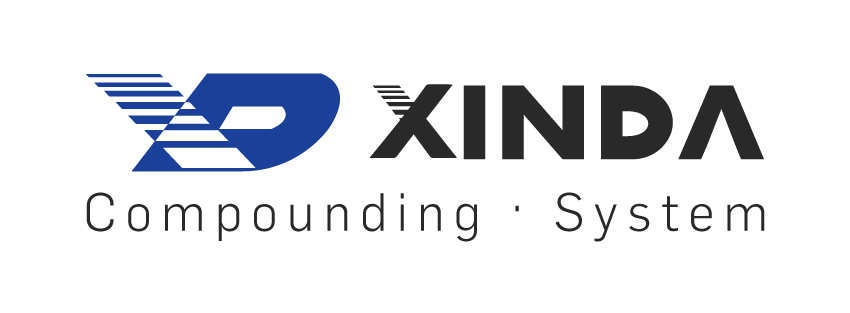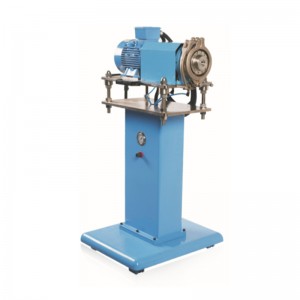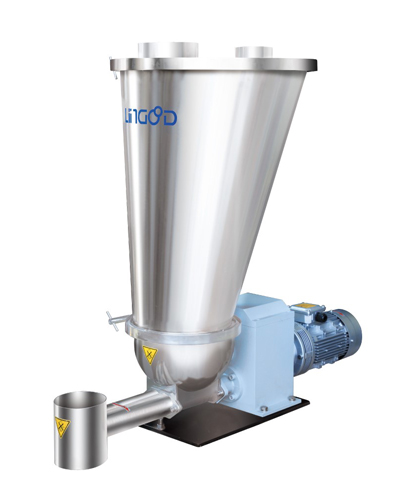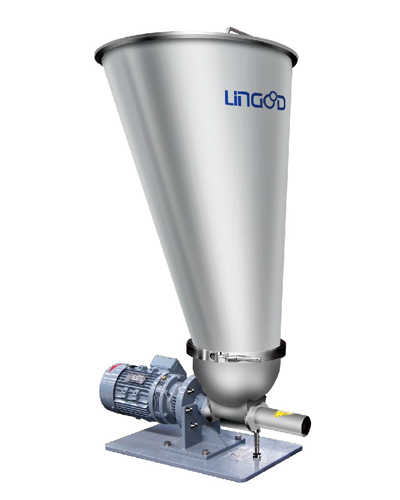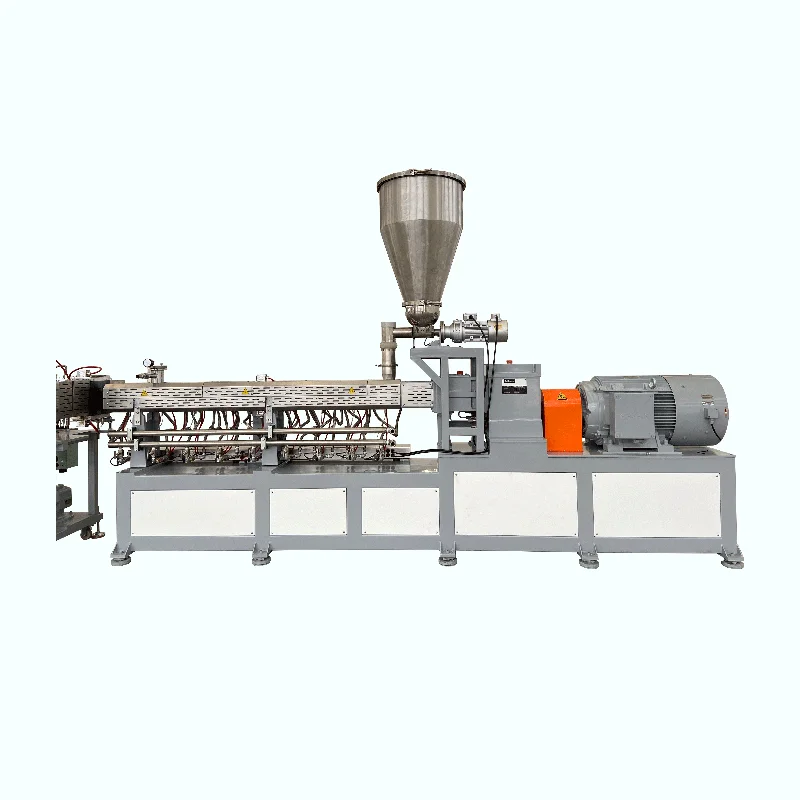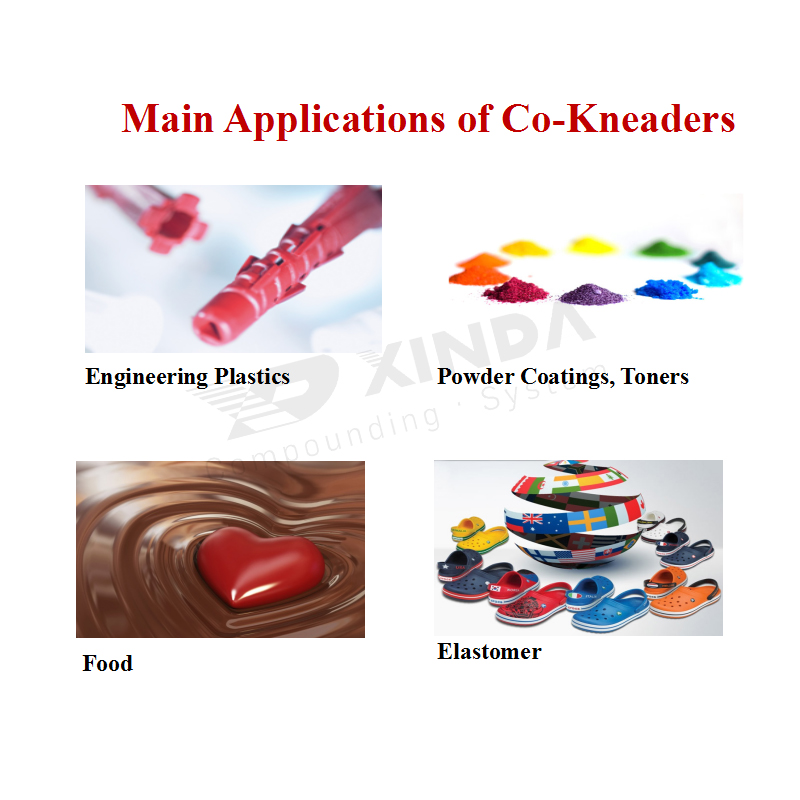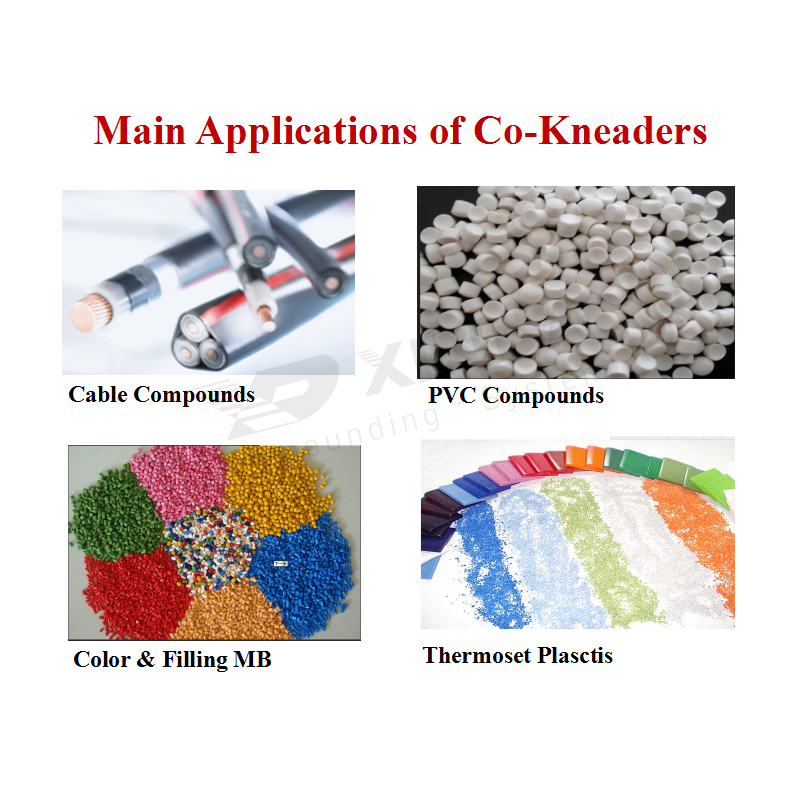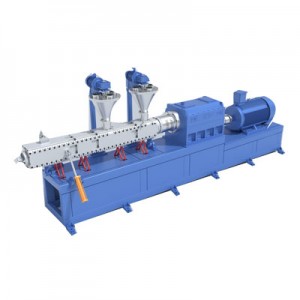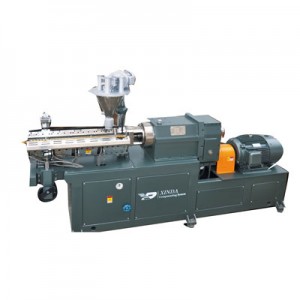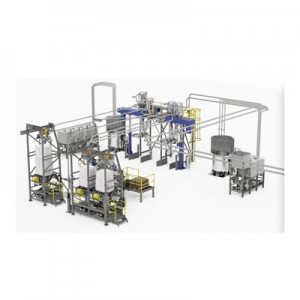China Gold Supplier for small twin screw pelletizing extruder for PP/PE/PPS/PA with metal/inorganic filler heat-conductive plastic
With our leading technology at the same time as our spirit of innovation,mutual cooperation, benefits and growth, we’re going to build a prosperous future together with your esteemed firm for China Gold Supplier for small twin screw pelletizing extruder for PP/PE/PPS/PA with metal/inorganic filler heat-conductive plastic, Several years of do the job experience, now we have realized the importance of giving top quality items as well as the most effective before-sales and after-sales expert services.
With our leading technology at the same time as our spirit of innovation,mutual cooperation, benefits and growth, we’re going to build a prosperous future together with your esteemed firm for compounding system, Plastic Extruder, Twin Screw Extruder, At present our sales network is growing continually, improving service quality to meet customer’s demand. If you are interested in any products , please contact us at anytime. We are looking forward to forming successful business relationships with you in near future.
Volumetric feeder
A volumetric feeder, on the other hand, does this based on volume in speed.
A volumetric feeder is a dosing system that supplies the production system with a certain volume of material in a set timeframe, based on the so-called displacement principle. In contrast to a gravimetric feeder, the dosing speed of a volumetric feeder should be selected manually, which may vary based on the nature of the raw input materials. For example, masterbatch requires a different speed compared to dosing of liquid or powder input material.
For smaller production processes and companies who are looking to save on dosing equipment, a volumetric feeder is favoured over a gravimetric feeder. Yet, a gravimetric feeder enables one to save heavily on the input material by a more precise feeding process. This means that a gravimetric feeding system usually provide for a higher return of investment (ROI) on a long-term basis.
Volumetric feeder
Advantages
Relatively low priced dosing system
Accurate dosing cylinder
Stepper motor speed starting from 0.1 up to 200 rpm
Disadvantages
Manual recalibration required
Limited control over your product quality
No monitoring and reporting options
Cannot automatically compensate for fluctuations in density
Sensitive to material build-up
No automatic detection of material supply interruption
Application of the Twin Screw Extruder:
- Various plastic inorganic filler, polymer blending (plastic alloy), plastic coloring, ect
- Various engineering plastic reinforcement of glass fiber, flame-retartant pellets
- Various antibacterial, insulated, toughening materials for specific uses
- Light/biology degradable film materials, amylum degradable plastics and multi-functional anti-fog film materials, etc.
- Specific material for automobiles and household appliance and cable materials, etc
- Themoplastic elastomers, such as TPR, TPE, and SBS, etc
- Regenerate pellets for PVC airproof pieces, thermo-soluble glue, etc
|
Model
|
PSHJ-20
|
PSHJ-35
|
PSHJ-50
|
PSHJ-65
|
PSHJ-75
|
PSHJ-127
|
|
Screw Diameter:
MM |
21.7
|
35.6
|
50.5
|
62.4
|
71
|
126
|
|
Central Distance
|
18
|
30
|
42
|
52
|
60
|
102
|
|
Length Diameter Ratio
|
28-52
|
28-52
|
28-52
|
28-52
|
28-52
|
28-52
|
|
Main Motor Power
|
4-5.5
|
22-45
|
75-110
|
110-185
|
160-280
|
90-160
|
|
Max.Screw Speed:
RPM |
600
|
600
|
600
|
600
|
600
|
600
|
|
Output Torque per Shaft:N.m
|
32-43
|
175-358
|
597-875
|
875-1472
|
1273-2228
|
850-1528
|
|
Reference Output: KG/HOUR
|
5-20
|
20-80
|
80-200
|
150-350
|
300-600
|
800-1500
|
|
Max.Screw Speed:
RPM |
800
|
800
|
800
|
800
|
500
|
|
Model
|
C-PSHJ-35
|
C-PSHJ-50
|
C-PSHJ-65
|
C-PSHJ-75
|
C-PSHJ-127
|
|
Screw Diameter:
MM |
35.6
|
50.5
|
62.4
|
71
|
126
|
|
Central Distance
|
30
|
42
|
52
|
60
|
102
|
|
Length Diameter Ratio
|
28-52
|
28-52
|
28-52
|
28-52
|
13-18
|
|
Main Motor Power
|
22-45
|
75-132
|
110-250
|
160-355
|
90-160
|
|
Output Torque per Shaft:N.m
|
131-269
|
448-788
|
657-1492
|
955-2119
|
850-1528
|
|
Reference Output: KG/HOUR
|
150-300
|
200-500
|
400-800
|
500-100
|
800-1500
|
